
Farm Animal Nutrition
April 22, 2022, 11:22 am
Farm animal nutrition refers to the components of feed, their actions, interactions, and balance in relation to the wellbeing of animals. A well-fed animal is likely to be a healthy and productive animal compared with a malnourished animal.
Concepts of Farm Animal Nutrition
In order to understand farm animal nutrition, you need to be aware of these concepts:
Nutrient
Nutrient is a specific element or compound derived from ingested feed and used to support the physiological processes of life i.e. provision of energy, building materials for survival, growth and other production processes in animal.

Nutrition is further defined as the science that involves various chemical and physiological activities which transform nutrients into body elements. Nutrients are carbohydrates, proteins, fats, vitamins, minerals and water.
Ration
This is the daily allowance of feed or of the mixture of the feedstuff making up the animal’s diet
Balanced Ration
This is the adequate mixture of nutrients for the specific animal or animal type according to specifications. In other words, a balanced feed (diet) is one which contains adequate amounts of feed for healthy growth.
However, nutrient requirements vary with age, body, weight, level of production (gestation, lactation etc.) An improved farm animal cannot be sustained if any nutrient is lacking
General Functions of Feed to Farm Animals
Feeds are important to farm animals for the following reasons:
- Supply of energy to the body
- Provision of body nutrients for growth
- Production of milk, egg, meat, fat
- Production of hair, skeleton, muscles
- Maintenance of body temperature
- Replacement of tissues and building new tissues
- Maintenance of body activities like respiration, blood circulation
- To produce resistance to diseases

The major classes of nutrients needed by farm animals are:
- Carbohydrate
- Fibers
- Protein
- Fats and oil
- Minerals
- Vitamins
- Water
CARBOHYDRATES
Carbohydrates are energy-giving feed components. They are a large group of organic compounds and composed of carbon, hydrogen and oxygen. Carbohydrates play essential role in the energy metabolism of an animal. Starch and cellulose are carbohydrate materials. Carbohydrate forms large percentage inclusion level of diet in farm animals.
Importance of Carbohydrate
- It is the major constituents of plants which make up to 75% dry weight of plants and synthesized by the process of photosynthesis
- It forms the largest part of animal feed, even in different preparations, can sustain carnivores
Sources of Carbohydrate
Common carbohydrate sources are:
- Cereals maize (white and yellow), wheat, sorghum, millet etc.
- Roughages, grasses and browse plants
- Roots and tubers, cassava, yam and sweet potato peelings, palm kernel cake
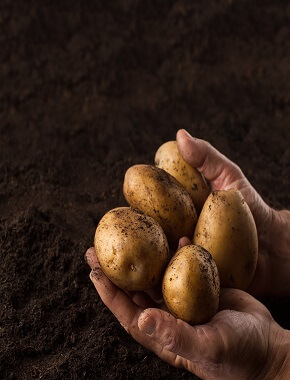
FIBERS
Also called roughages, they are the indigestible and more insoluble portion of plants that are of carbohydrate origin. Fiber consists of hemicelluloses, celluloses and pentosans. The microorganisms in the rumen can convert much of the cellulose to soluble compounds for their use and absorption. Fibers may be readily fermented in the colon—small intestine in monogastric animals especially those with extended caecum e.g. rabbit, camel
Sources of Fiber
Some of the sources of fibers are grasses, legumes, browse plants, cereals, tubers, palm kernel cake, corn offal (bran), wheat offal, rice offal etc.
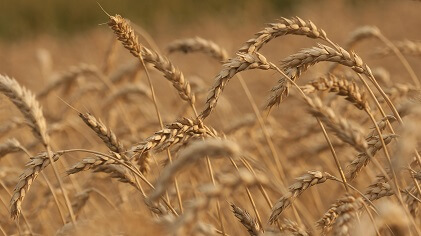
Importance of Fiber
- Ruminant digest fiber with help of microbes and obtain useful energy from them
- They provide bulk and so enhance bowel movement and prevent constipation
- Assist in rumination as acidosis occurs in rumen if there is no sufficient fiber in the ration
PROTEIN
Proteins are a class of complex nitrogenous organic compounds which are important to all living organisms. All proteins contain carbon, hydrogen, oxygen, and nitrogen; many contain Sulphur, and a few contain phosphorus. Protein contain many amino acids. Enzymes are protein and are important because they determine the chemical reactions which take place in a cell.
Protein are components of the protoplasm of each living cell. In animals, protein is a primary constituent of many structural and protective tissues like bones, ligaments, hair, nails and skin as well as the organs and muscles
Functions of Protein in the Body of Farm Animals
- For growth
- Proper functioning of cells; for existence of life
- Building of flesh
- Repair and maintenance of worn out body tissues
- Building of protective coverings such as hair, nails, scales, hooves, wool and feathers
- Formation of milk and egg
- Formation of digestive juices
- Formation of antibodies that defend the body against germs
- Synthesis of enzymes
- Formation of gametes in reproduction
- Proteins are constituents of muscles and so aid movements
- Hormones are proteins; they coordinate body activities e.g. oxytocin, insulin etc.
- Hemoglobin that transports oxygen in blood is protein
Sources of Animal Protein in Farm Animal Feeding
- Fish meal
- Blood meal
- Skim milk powder (SMP)
- Feather meal
- Poultry offal meal
- Shrimp head meal
- Whole milk powder (WMP)
- Meat meal
- Liquid whole milk
- Colostrum
- Insect meal e.g. termite meal
- Earthworms
- Maggots
- Eggs
- Meat and bone meal
- Meat
Sources of Plant Protein in Farm Animal Feeding
- Groundnut cake/meal
- Palm kernel cake/meal
- Soyabean meal
- Sesame seed meal
- Cotton seed cake
- Sunflower seed meal
- Cashew nut meal
- Leguminous forage e.g. centrosema, mucuna, crotalaria, pueraria, calapogium etc.
FATS AND OILS (LIPIDS)
These are natural organic compounds which occur in plants and animals and serve storage materials. Fats and oils are also referred to as lipids. Fats and oils can be obtained from animal fats (lard, poultry, offals) and vegetable oils (soyabeans, groundnut palm oil)
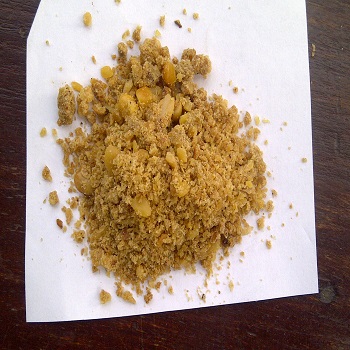
Importance of Fats and Oils
- Fats and oil can be broken down to energy for animal use
- They are sources of fat soluble vitamins (Vitamins A, D, E and K)
- They provide essential fatty acids
- They are the sources of energy for muscles
- They insulate body parts
- They add flavor to feed and assist in digestion
- They are used as binders and for preventing dusty feeds
VITAMINS
These are a group of organic substances which occur in various feeds. They are required in small amount but their absence or shortage leads to various diseases. Fat soluble vitamins are A, D, E and K while other vitamins B-complex, vitamin C are water soluble. Unlike water soluble vitamins, fat soluble vitamins are not easily eliminated from the body hence and can be toxic if fed above the requirements of farm animals
Different Types of Vitamins Farm Animals Require
Vitamin A
It is important for growth. It is also necessary for good vision, without it, blindness occurs in animals. Sources of Vitamin A include cod liver oil, green plants, fruits, yellow seeds (yellow maize), palm oil, soyabean, milk, margarine, cod etc.
Vitamin D
It is required for metabolism of bones, beak of birds, hooves, horns, nails, claws and strong egg shells. Main source of vitamin D is the sun’s ultraviolet radiation. Other sources include: butterfat, egg yolks and lipids present in animal body. Deficiency symptoms of vitamin D are uncoordinated movement, poor hatchability etc.
Vitamin K
Deficiency results in prolonged blood clotting and bleeding to death might result. Vitamin K is required for the synthesis of prothrombin within the body, which is important for blood clotting. Vitamin K prevents gizzard lining in chickens from lesions (injury). Sources of vitamin K are green leaves and grasses, soyabean oil, fish meal etc.
Vitamin B
Vitamin B complex makes up the following vitamins: Thiamine (B1), Riboflavin (B2), Niacin (B3), Choline, Pyridoxine (B6) and Cyanocobalamin (B12).
The vitamins that make the B-complex are all required for the metabolism of carbohydrates. Deficiency symptoms of these vitamin: poor growth, poor feathering, anaemia, perosis. It also reduces the hatchability of eggs. The microorganisms in the stomach of ruminants produce vitamin B and so the vitamin are not deficient in mature ruminant.
Vitamin C
This is also an antioxidant which prevents damage of body tissues. Vitamin C is present in fruits and absence of vitamin C in diets leads to scurvy. Birds however can synthesize vitamin C within their bodies. Vitamin C stimulates growth. It is easily destroyed by heat.
MINERALS
The mineral matter is the inorganic matter or ash of a feed. Farm animal’s body contains about three percent minerals, which are components of animal tissues.
Minerals are important to farm animals but depending on the amount of each mineral needed by farm animals. They are classified into macro and micro or trace minerals.
Macro minerals are needed in large amounts while micro minerals are needed in small or trace amounts. Farm animals suffer from mineral deficiency when inadequate minerals are provided. However, excess amounts can also be toxic.
Thus, conscientious attention to individual requirements and inclusion of the appropriate supplements is necessary for balancing. The minerals aluminum (Al), arsenic (As), cadmium (Cd), lead (Pb) and mercury (Hg) are classified as toxic elements.
Sodium and chlorine are provided in form of sodium chloride or common salt. Fish meal, meat scraps are good sources of minerals especially calcium (Ca) and phosphorus (P). Oyster shells, bone meal, dicalcium phosphate (DCP) and monocalcium phosphate (MCP) supply calcium and phosphorus.
Minerals are also present in plants but they are not sufficient sources for animals.
Importance of Minerals in the Nutrition of Farm Animals
- Minerals maintain the necessary osmotic pressure, and surface tension in the various fluids in the body, thereby aiding absorption, secretion and excretion
- The normal Ph of blood is maintained by the carbonate, phosphate and sodium ions
- The acidity of the gastric (stomach) juice is due to hydrochloric acid derived chiefly from sodium chloride (common salt) in the blood
- The ability to respond to stimuli (irritability) of muscle and nerve is influenced by presence of some minerals e.g. calcium is necessary for transfer of nervous impulses
- Minerals are integral parts of protoplasm—phosphorus is present in all nuclei and in brain and nerve tissues
- Minerals are the most important constituents of bones especially calcium and phosphorus
- Minerals such as iron and copper are needed for the formation of hemoglobin of red blood cells
- Minerals are needed for the formation of hair, hoof and horn of farm animals
- They play important roles in the digestion of food
- Minerals are important in the regulation of many chemical reactions in the body
WATER
Water is composed of hydrogen and oxygen in the ratio 2:1. The bodies of animals contain 70-90% water, the younger animal having more water than older animals. Water is not a nutrient but plays a very important role in animal production
Importance of Water in Animal Production
- It gives elasticity and rigidity to the supportive tissues of bodies of farm animals
- It dissolves feed during digestion
- Water helps in the maintenance of body temperature
- Water helps in the absorption and transportation of nutrients
- Water is important in the elimination of toxic wastes from the body
- Water is essential in the maintaining of the acid-base balance of the body
- Water acts as a cushion for tissues and the nervous systems
- Water is a major component of milk and other biological fluids e.g. blood, digestive juices etc.
- All biochemical and physiological reactions take place in presence of water
- For drinking as it quenches thirst
Water consumption varies from animal to animal and the function as well as age of the animal.
Factors Affecting Water Requirement of Farm Animals
- Type of diet e.g. silage, hay, mash, grains
- State of animal e.g. lactating, pregnancy, growing
- Type of animal e.g. ruminants, non-ruminants
- Type of urinary system
Water supply to the farm animals should be cool and clean and free from impurity.

If you’d like to see how to put all this farm animal nutrient information together for starting a successful and profitable animal farming business, then check out the following online farming trainings we offer:
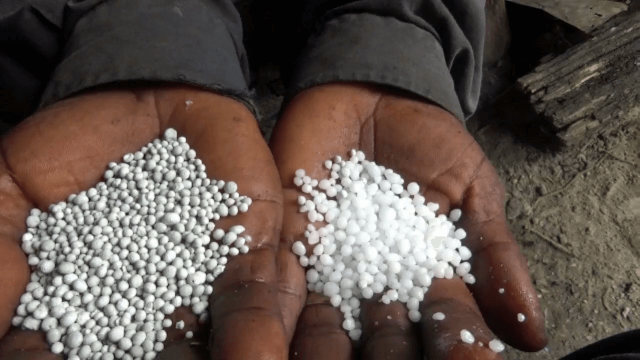



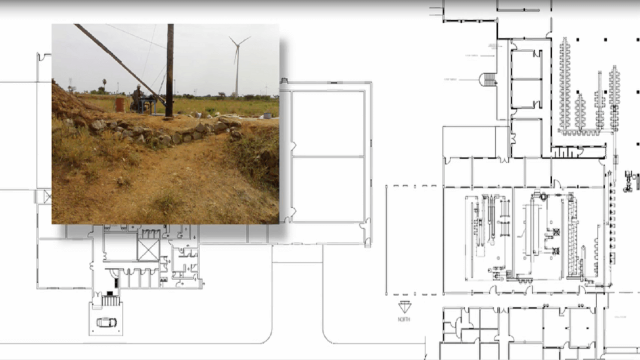


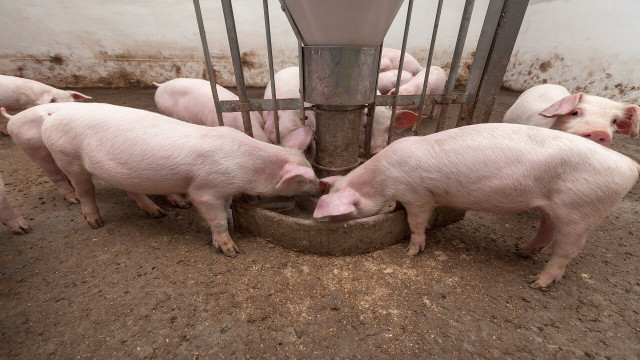

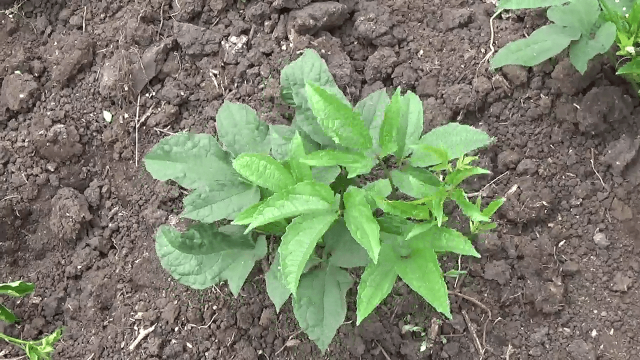


Share This Article: